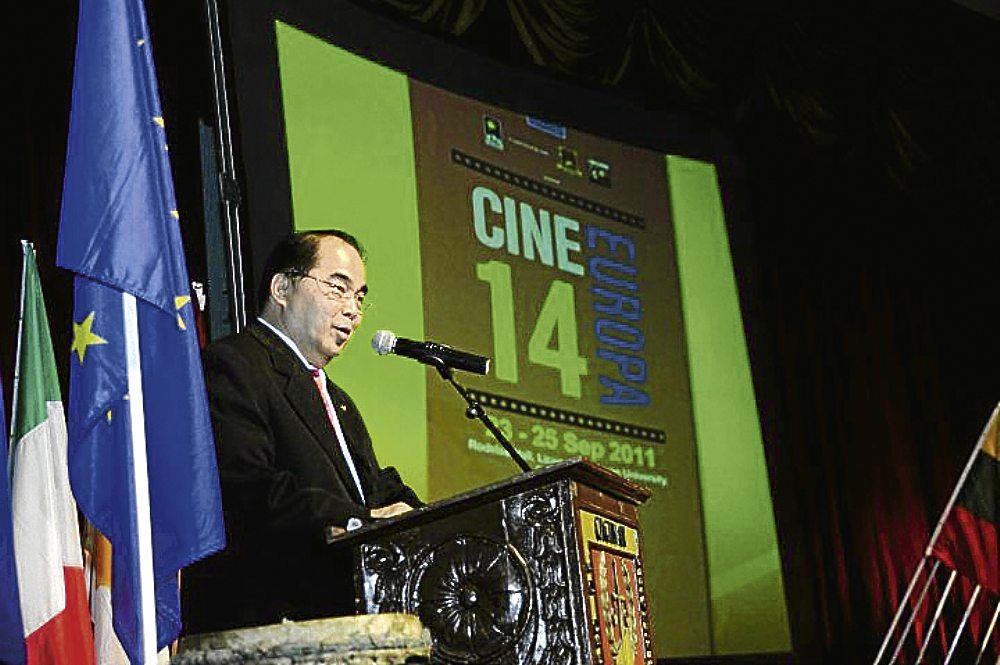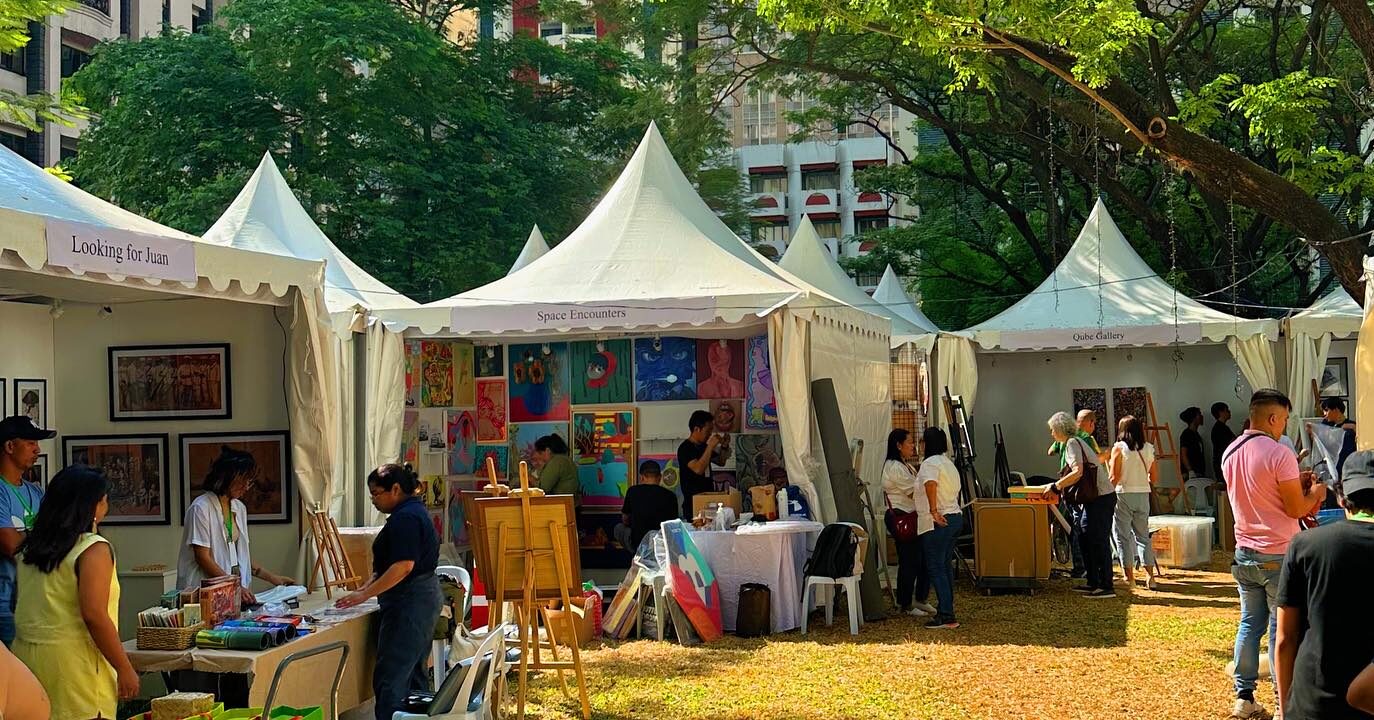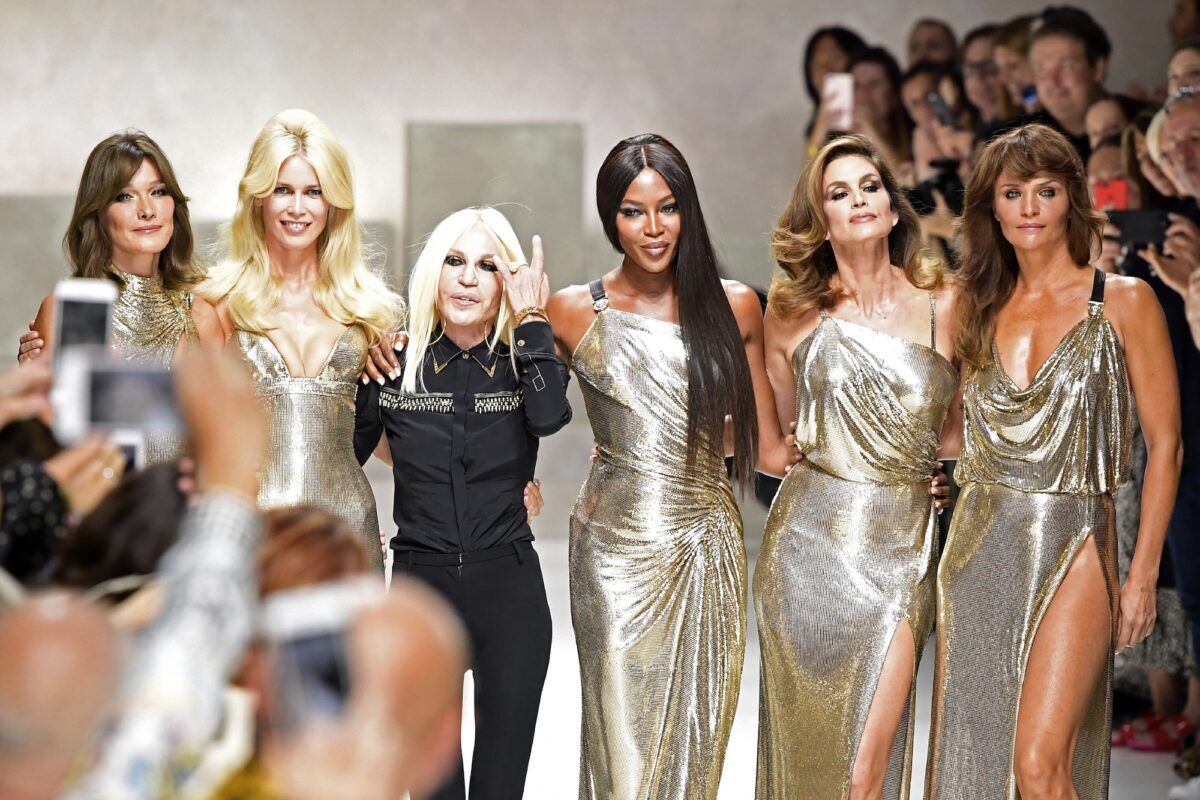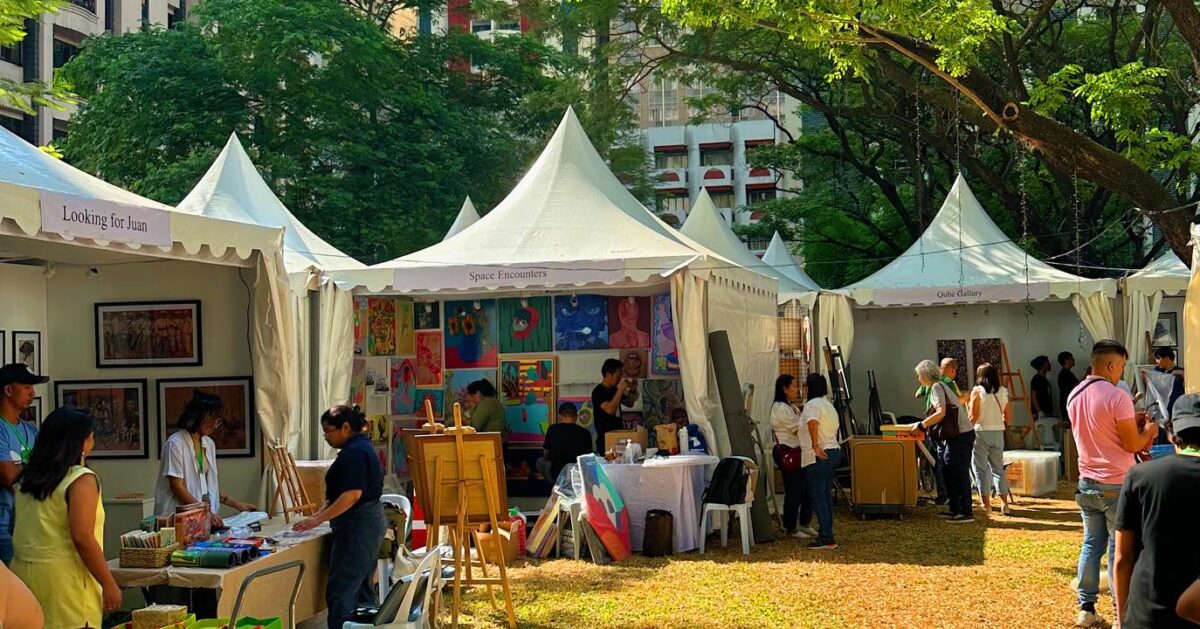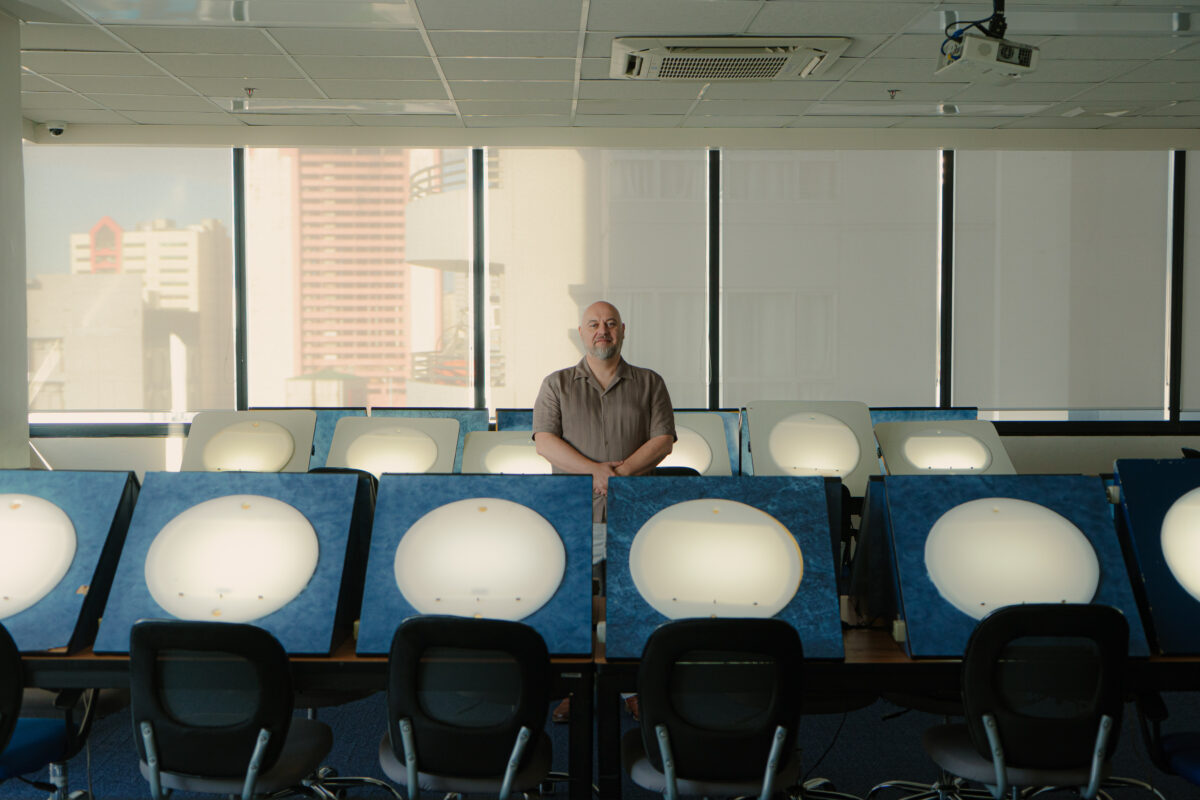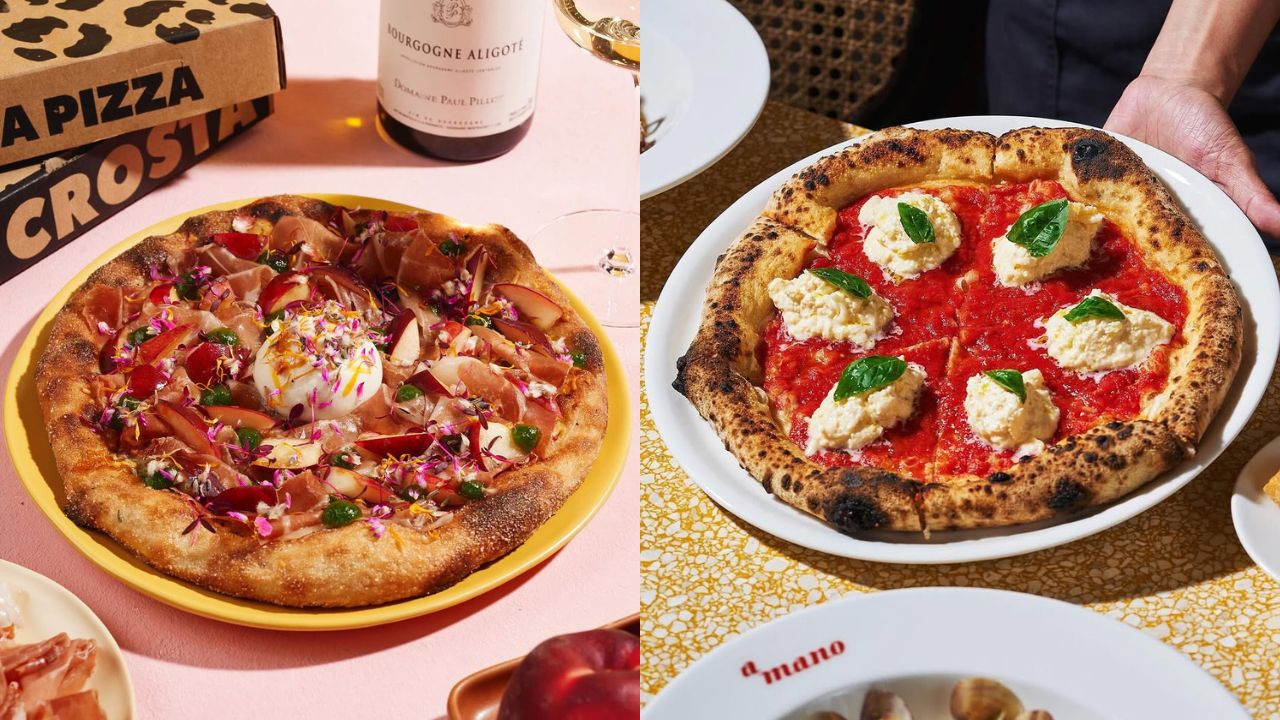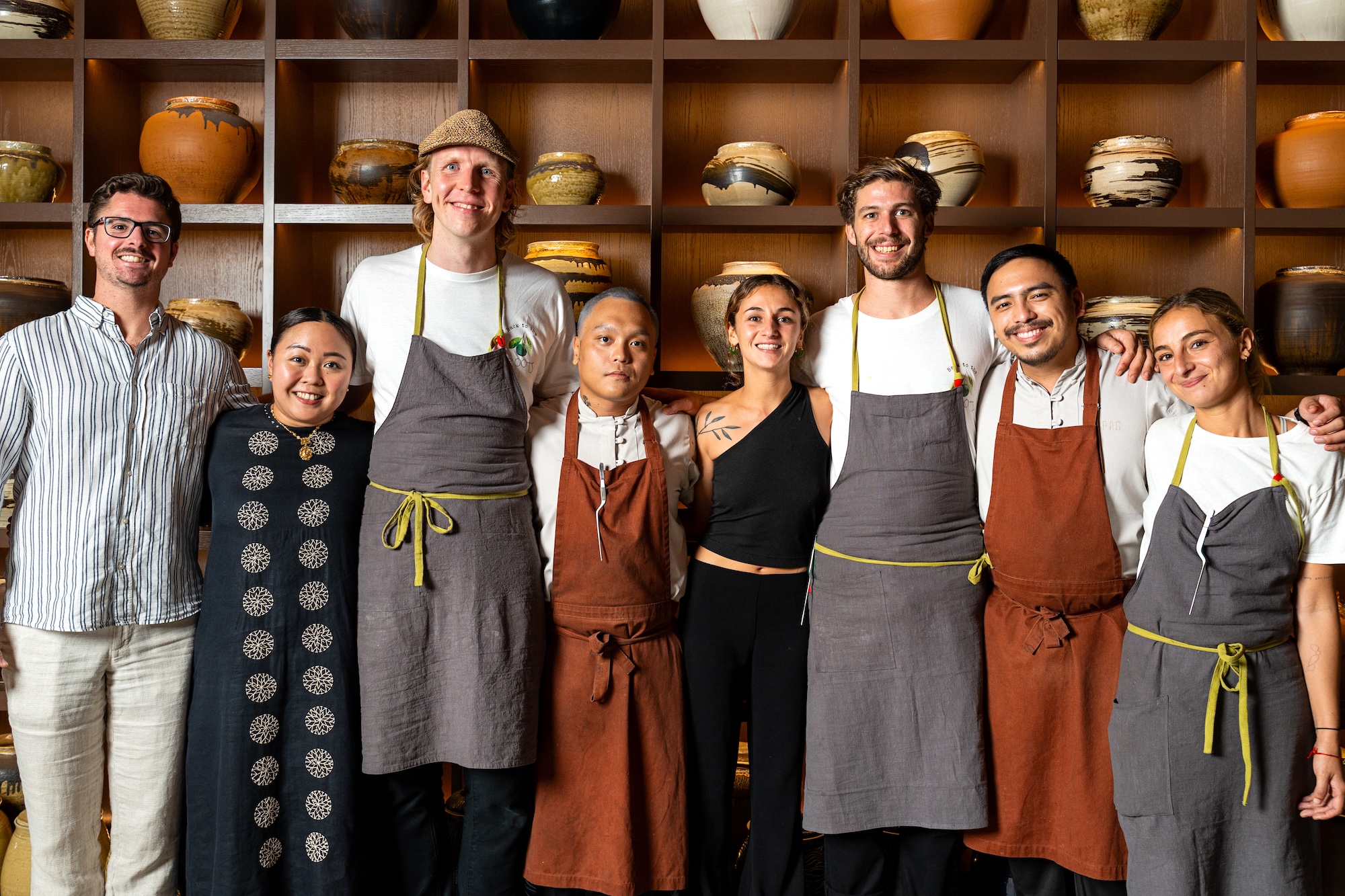When an agricultural country such as the Philippines imports so much produce, we know that the management of the farming system is problematic.
As of September 2019, the total value of agricultural production in the Philippines amounts to P395.3 billion or 3.64 percent lower than the previous year. What does this say about the future of farming? Or are we looking at any future at all?
“The current state is that we import close to 95 percent of all coffee that is consumed in the Philippines and we grow about five percent of what’s consumed—the hope is to change that,” says Michael Harris Conlin, 2019 Philippine national barista champion and CEO of coffee solutions company Henry & Sons. “The hope is to inspire more people to start planting again and become interested in coffee farming.”
The potential for coffee
Coffee farming follows one of the most rigorous production processes. From planting trees and harvesting cherries to roasting them, coffee farming involves high-maintenance procedures in order to sustain it. For Conlin who has been in the industry since 2001, it all just used to be about growing the business—until he was inspired by the documentary “The Coffee Man,” which is about a man’s dedication in achieving the perfect cup of coffee and his journey to the 2015 World Barista Championships.
“Honestly, the potential is always with the people. If you’re connected with people that have the right feeling of making things work, that they can make change through positive reasons, then there is potential for coffee,” says Sasa Seistic.
Sasa Seistic, the “Coffee Man” in the documentary, who, aside from being an Olympic athlete and world champion in coffee making, is the founder of green bean sourcing company Project Origin. Among his coffee experiments under Project Origin includes the post-harvest coffee processing called Carbonic Maceration (CM). Through CM, coffee producers have full control of the environmental conditions in the coffee fermentation process to produce distinct results.
One of the premium specialty coffees processed using this method is Jasper coffee from the Masina Village in Ethiopia, which Conlin himself used in his milk beverage presentation in local and international competitions last year. The other varieties of the CM selection are the Diamond, Amber, and Indigo coffees—each of which went through a different fermentation process to achieve distinct flavors.
https://www.instagram.com/p/B57d-VMnb5B/
“Honestly, the potential is always with the people. If you’re connected with people who have the right feeling of making things work, that they can make change through positive reasons, then there is potential for coffee,” says Seistic.
As Conlin sees it, despite the fact that the Philippines is a coffee-producing and coffee-consuming country, there are problems in profitability, sustainability, and the viability of a decent livelihood for farmers. What they’re trying to change is how farmers are compensated for their work, so Henry & Sons has started to pay them P130 per kilo of cherry, which, according to Conlin, is fairly high. Through this, they hope to renew interest in coffee farming while matching the quality with the price.
https://www.instagram.com/p/B6XgI1AA4Gk/
“I grew a business from importing coffee but there’s nothing meaningful [in just importing it]. In 2016, I decided to start working with local coffee farmers so we can still have coffee 10 years from now,” Conlin explains. “I want to work on coffee security.”
He says the reason we rely heavily on imports is that hardly anyone grows coffee in the Philippines. Farmers see it as difficult and unsustainable. Conlin recalls a time when farmers uprooted their coffee trees to replace them with sayote, which turns more profit. But as soon as everybody started doing it, and because not many Filipinos eat sayote anyway, it resulted in overproduction. From P200 per kilo, prices dropped to P2 per kilo.
Coffee rooted in the community
Coffee farming can be fulfilling if done properly. If society could learn the kind of legacy coffee farming can leave to future generations, there’s a way forward for the economy, the country, and the farming communities.
Currently, Henry & Sons is working with the Foundation for Sustainable Coffee Excellence to put the Philippines (particularly farmers in La Trinidad, Pitogon, and Atok in Benguet) on the global coffee map through sustainable farming. Through the foundation, they are able to send scholars to school and provide a potable water program and market-reaching technology to these communities. Conlin notes that it’s hard to be a coffee farmer and focus on your crops if you know your children are not receiving proper education or eating three meals a day.

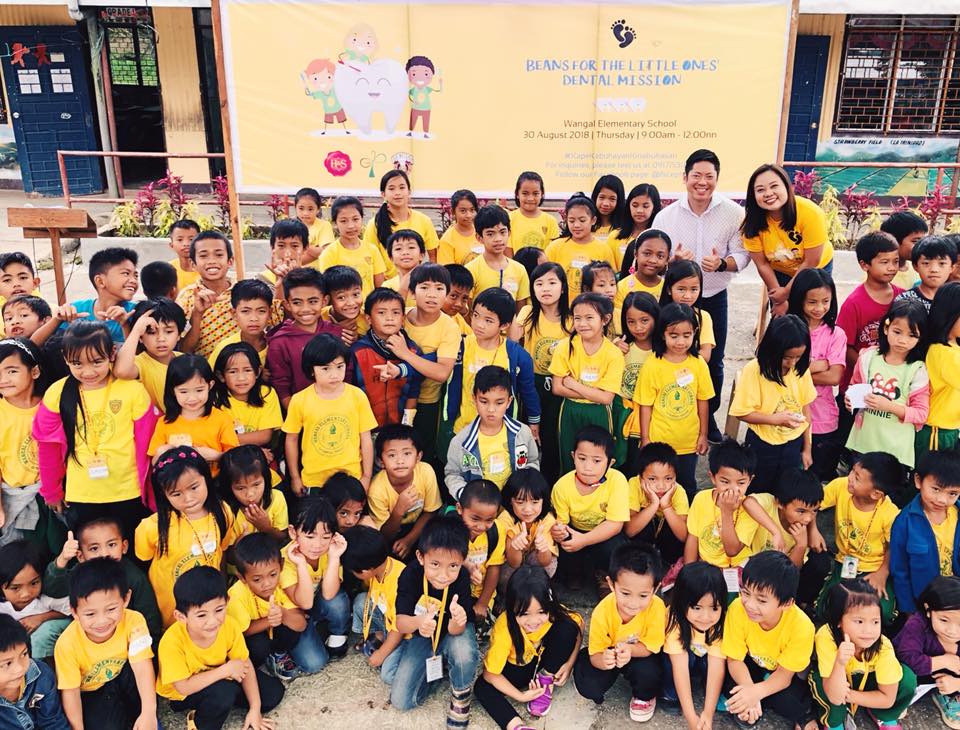
For Seistic, who now works with Henry & Sons, you can’t simply force a person to farm and just tell them how it works. It has to be demonstrated and the people teaching it have to be invested. When people see that farming is actually workable, that it’s about a lot more than just sustenance, more people—especially the youth—will be able to understand the beauty of farming. Conlin appreciates the millennials’ patriotism and how they spread the movement on various social media platforms, voice their opinions on social issues, and recognize agriculture’s crucial role in elevating the nation.
Honest-to-goodness business
When it comes to purchases, Filipinos are smart with their money. There’s always a hierarchy of needs and somehow, coffee always ends up on the list—but it’s usually instant coffee. By slowly working a way around coffee shops and making it as affordable as possible, people can eventually access better quality coffee. The next step needs to demonstrate the value of coffee to the communities.
https://www.instagram.com/p/BwtoQ1rhr7e/
“More importantly, it’s to communicate that there’s a very positive impact people are making by drinking coffee. By supporting something that is valuable and has the right ethics, you’re not only paying to have better coffee but that anyone who drinks it makes the world a better place,” says Seistic.
Seistic also mentions the bridge they are constructing in Masina so that children won’t have to walk seven to eight kilometers for water after school or that farmers delivering cherries from one side of the mountain to the other won’t have to spend two to three hours just to reach the river.
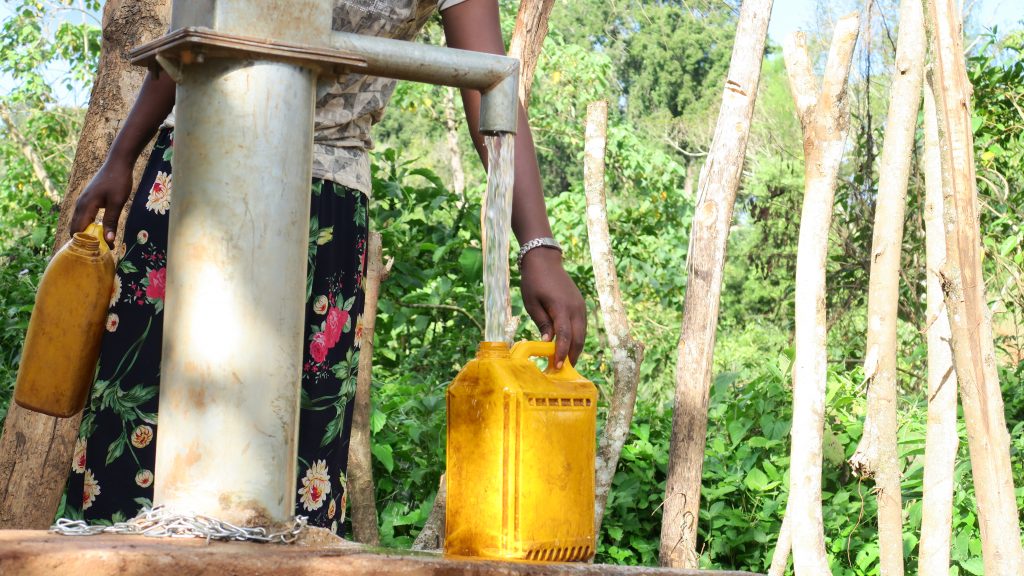
“Thirty seconds to make coffee, a farmer takes three to four years to grow the coffee. It’s not me, it’s them,” Seistic says about giving farmers proper credit, which can include as simple as putting their names on labels or exposing them at events. If this mindset is instigated in the industry, producers and consumers will always recognize the people who took the time to plant, cultivate, and harvest the produce.
Where there’s transparency, there’s hope for the kind of honesty that’s more often than not absent within closed doors—one that’s enough to keep sustainable farming from being just another forgotten legacy.
Transparency is what will also help sustainable farming thrive in the future, adds Conlin. Henry & Sons recently launched a platform that’s “so transparent it scares some people in the coffee value chain.”
It’s called crop-to-market and it uses blockchain technology (a distributed and decentralized record-keeping technology—which means no government, corporation or bank controls it—that’s accessible to the public). Recorded in a ledger are the things a farmer puts in the soil, how much the coffee was bought for as well as its cost to process, and how much it was bought by the roaster and the retailer, all the way to its packaging. It makes the farmer the hero.

“People can scan the QR code, and it shows every step of the way. And then you can actually communicate with the farmer and say, Manang Elma, I love your coffee. I would like to donate more seedlings or I want to donate a beehive. We made it that way so that there is direct communication and the farmers feel good about what they do,” explains Conlin.
Where there’s transparency, there’s hope for the kind of honesty that’s more often than not absent within closed doors—one that’s enough to keep sustainable farming from being just another forgotten legacy.

